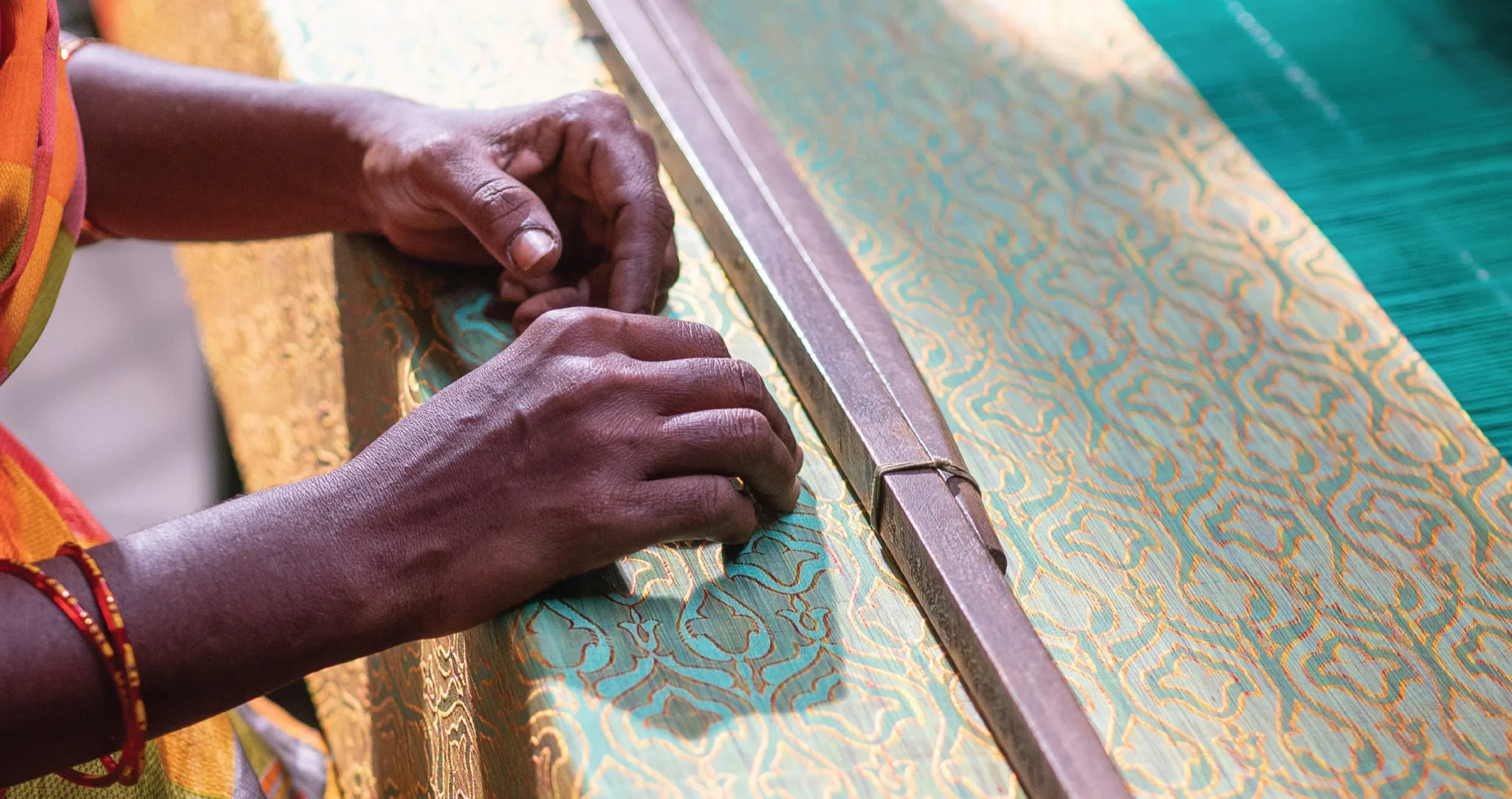The Hands Behind the Handloom: Honoring Artisans and Preserving Traditions
By Ankita Thakur July 01, 2023

In an era of mass production and mechanization, the humble handloom holds a special place in the hearts of those who appreciate the beauty and craftsmanship of traditional textiles. Behind every handwoven masterpiece, there are skilled artisans who dedicate their lives to preserving age-old techniques and creating intricate designs that reflect their cultural heritage. Join us as we explore the hands behind the handloom and celebrate the unsung heroes who keep this ancient art alive.
Preserving Ancient Traditions: Handloom weaving is an ancient craft that has been passed down through generations. Artisans around the world continue to honor their cultural heritage by practicing and refining these age-old techniques. From the ikat weavers of India to the batik makers of Indonesia, each region has its own distinct style and methods. These artisans not only weave fabric but also weave stories of their ancestors, preserving their traditions and keeping their history alive.
Skills Passed Down Through Generations:The mastery of handloom weaving is not something that can be acquired overnight. It takes years of dedicated practice, patience, and a keen eye for detail. Traditionally, the skills and knowledge were handed down from master weavers to apprentices within families or tight-knit communities. This time-honored system ensures that the craft remains alive and vibrant. As the apprentices learn, they add their unique touch to the art form, keeping it relevant while honoring its roots.
Sustainable and Ethical Practices: Handloom weaving is not just about the final product; it is a sustainable and ethical practice that respects the environment and the people involved. Unlike mass-produced textiles, handloom fabrics are made using natural fibers and dyes, reducing the carbon footprint. The process is often labor-intensive, requiring time, attention, and care. By supporting handloom artisans, we not only invest in high-quality, durable textiles but also contribute to the preservation of traditional practices and fair trade.

Empowering Communities: Handloom weaving is not just an art form; it is a means of empowerment for many communities. In many parts of the world, particularly in rural areas, handloom weaving provides a vital source of income and sustenance for families. By purchasing handloom products, we directly support these communities and help create economic opportunities for artisans. It is a way of giving back and ensuring that their skills are recognized and appreciated.

The Revival of Handloom: In recent years, there has been a growing appreciation for handloom textiles and the craftsmanship behind them. Designers and fashion enthusiasts alike have recognized the value of these unique fabrics, incorporating them into contemporary designs. This renewed interest has helped revive the handloom industry, offering new opportunities for artisans to showcase their skills and expand their reach beyond traditional markets. Online platforms and social media have also played a crucial role in connecting artisans with a global audience, making their work accessible to people around the world.

In Conclusion, Behind the intricate patterns and vibrant colors of handloom textiles are the skilled hands of artisans who pour their heart and soul into their craft. They are the custodians of ancient traditions and the guardians of a cultural legacy that spans centuries. By supporting handloom artisans, we celebrate their artistry and contribute to the preservation of their heritage. Let us cherish and honor the hands behind the handloom, for they weave not only fabric but also the stories and aspirations of their communities.
#HandloomWeaving #ArtisansOfTheLoom #TraditionalCraftsmanship #PreservingHeritage #SustainableTextiles #EthicalFashion #HandmadeFabrics #CulturalTraditions #EmpoweringCommunities #RevivingHandloom #ArtistryInThread #HandcraftedTextiles #SupportArtisanal #SlowFashion #CraftsmanshipMatters
